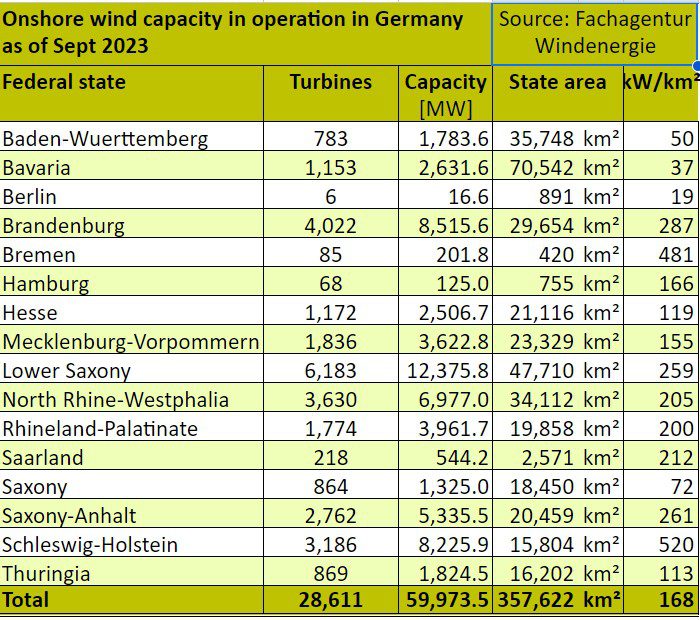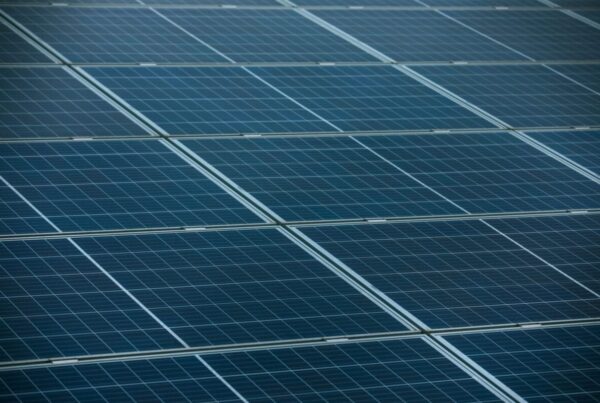The onshore wind energy sector in Germany witnessed a 50% year-on-year increase in capacity additions and an unprecedented level of projects receiving permits in the first nine months of 2023.
By the end of the third quarter, a total of 2,436 MW of gross new onshore wind capacity had been installed across Germany, surpassing the 2,405 MW deployed in the entire 2022 in the country. The data was announced by industry organisation Fachagentur Windenergie an Land on Thursday.
More than a third of this year’s new capacity, or 869 MW, was installed in the federal state of Schleswig-Holstein in the north. Second and third rank Lower Saxony with 424 MW and North Rhine-Westphalia with 333 MW. However, the southern region is still lagging behind, with only 7% of the new capacity installed there.
Significant acceleration was observed also in terms of permits after the federal government adopted a number of legislative changes in an effort to support and speed up the deployment of renewable energy. As a result, projects with a combined capacity of 5.2 GW received permits from January to September, which is a record-high level for the nine-month period in Germany.
Notable progress was achieved in North Rhine-Westphalia and Schleswig-Holstein, where over 1.1 GW of wind projects were authorised during the period in each of the two states. Similarly to the trend in new capacity, the southern region accounts for just under 8% of the newly issued permits.
As of October, data in the market register shows that projects with a combined capacity of 12.4 GW with permits in place are still awaiting implementation.
The dynamic trend in the sector indicates that the gross newly installed capacity will surpass the 3-GW threshold by the end of the year for the first time since 2017, according to Fachagentur Windenergie. In addition, the newly approved capacity might exceed 6 GW in 2023.

Choose your newsletter by Renewables Now. Join for free!






